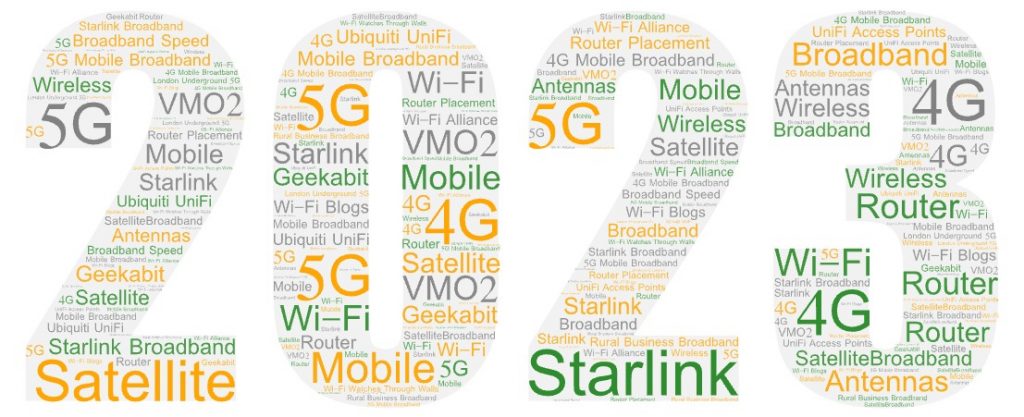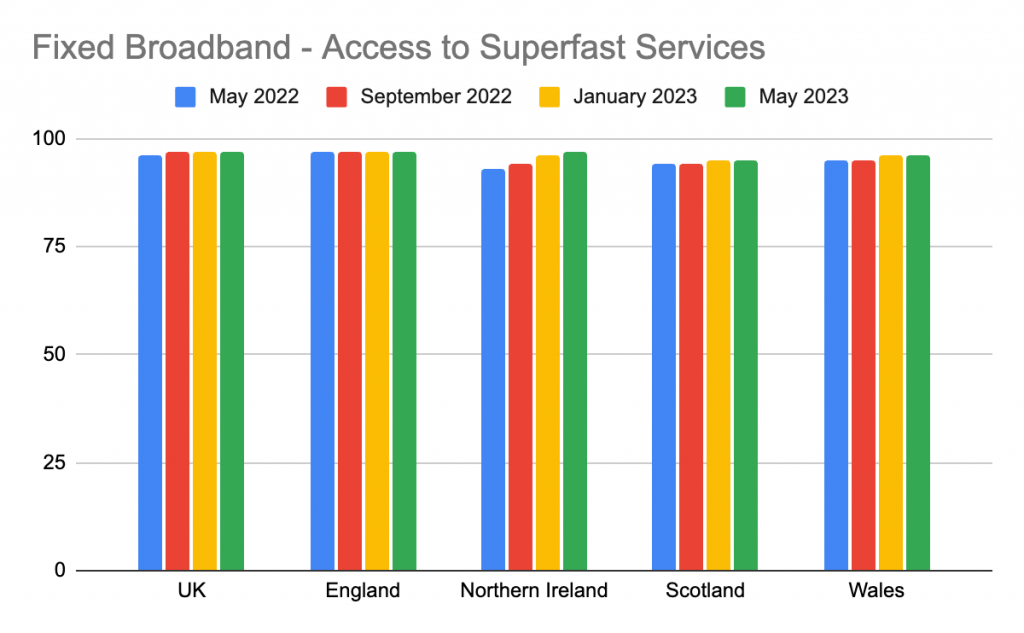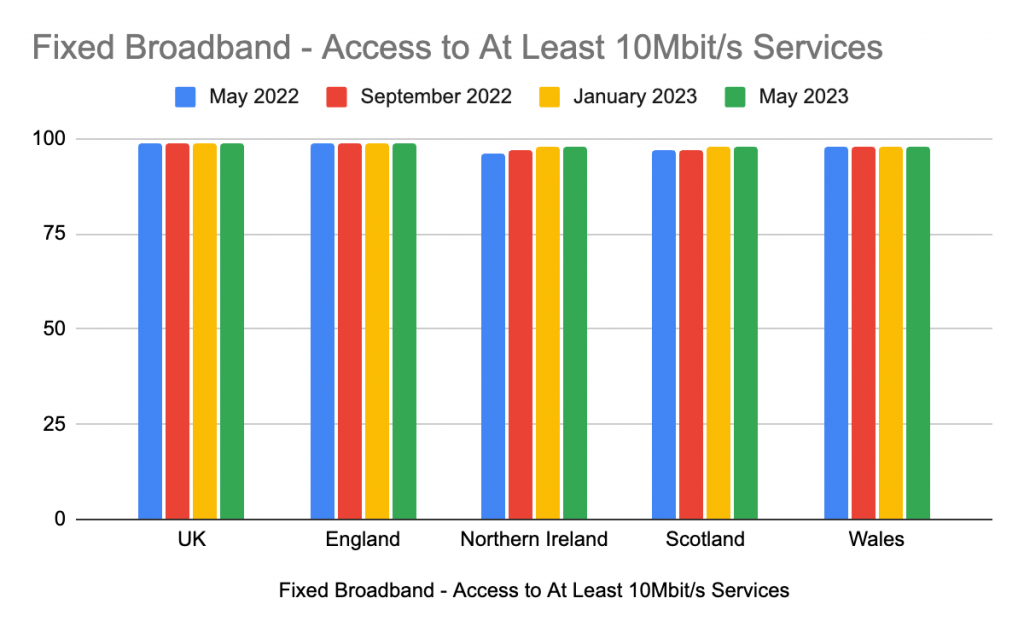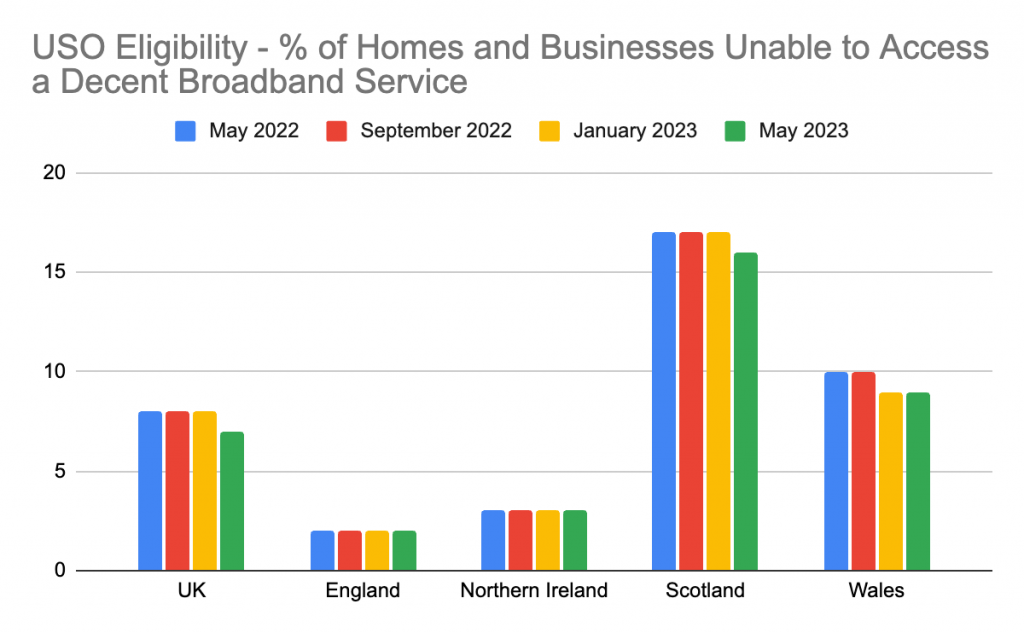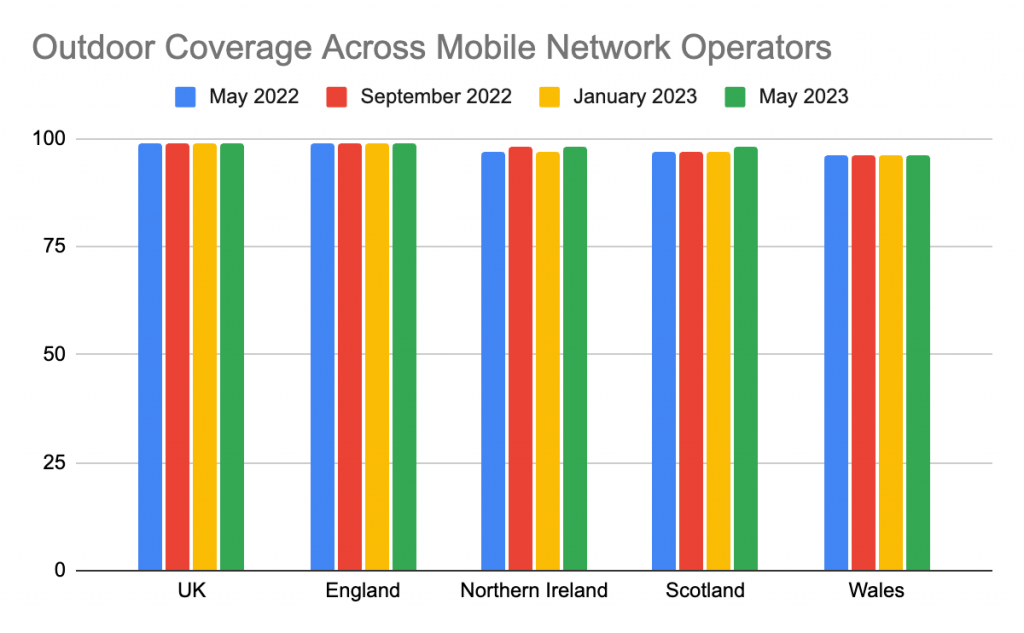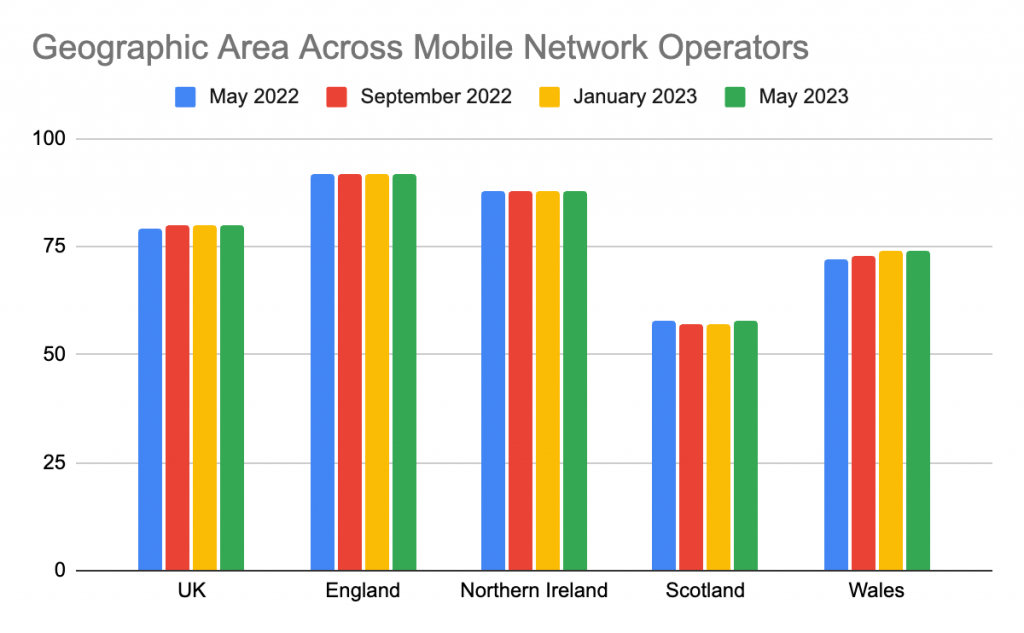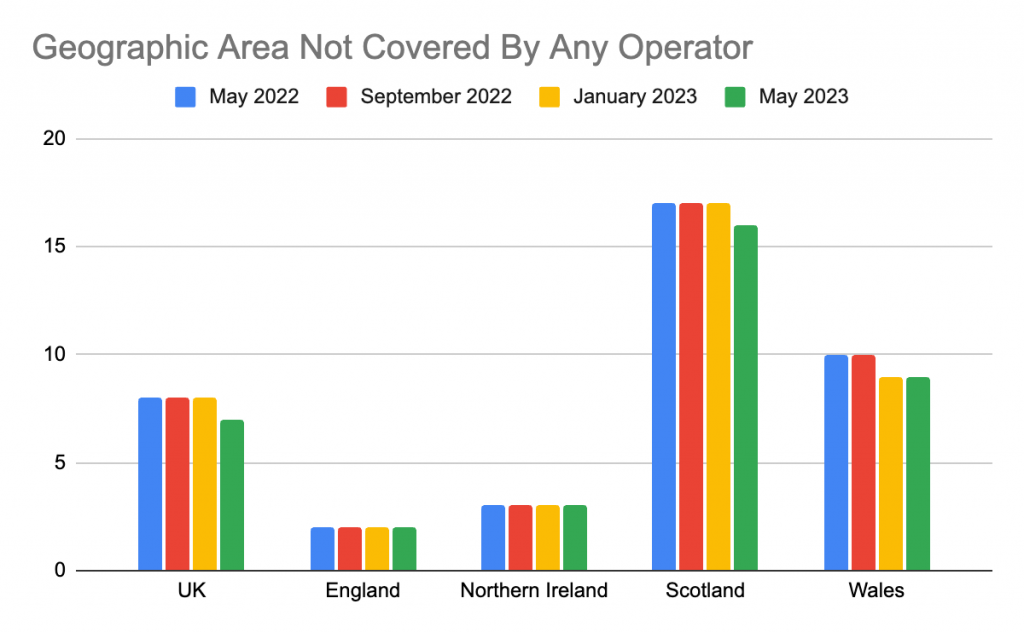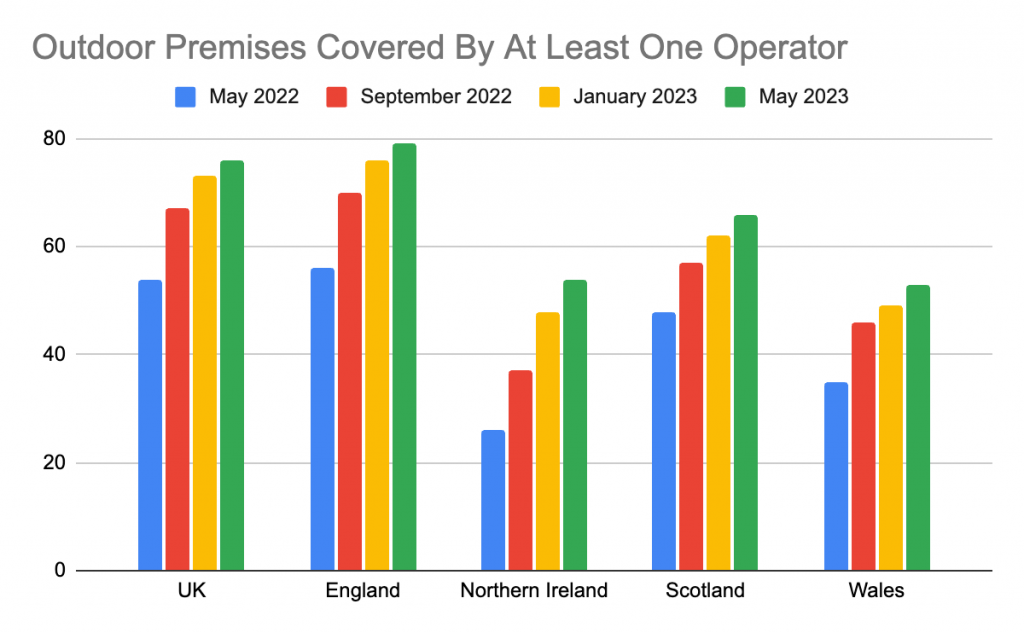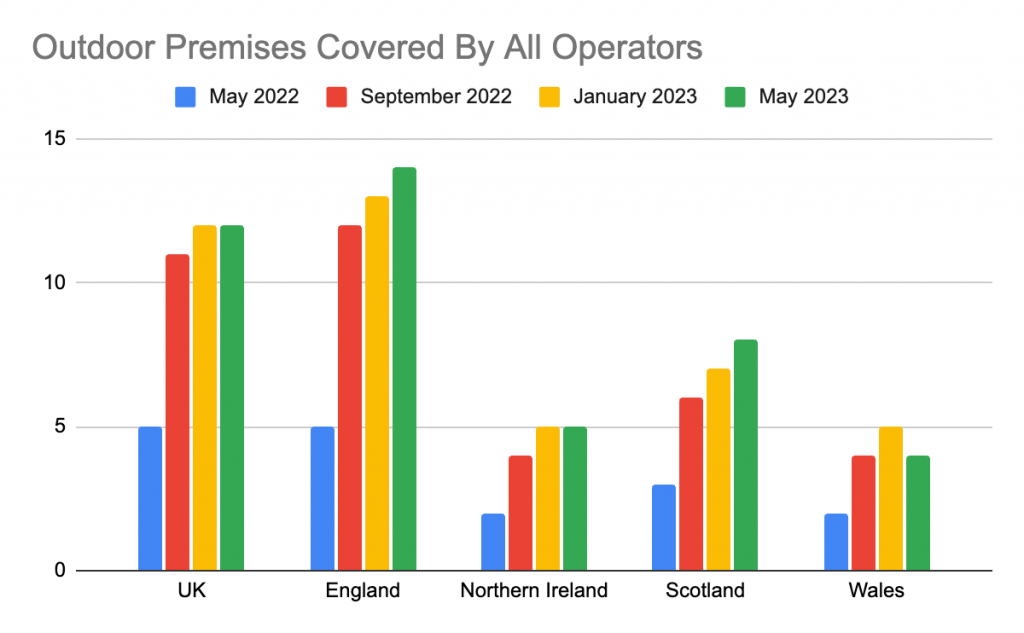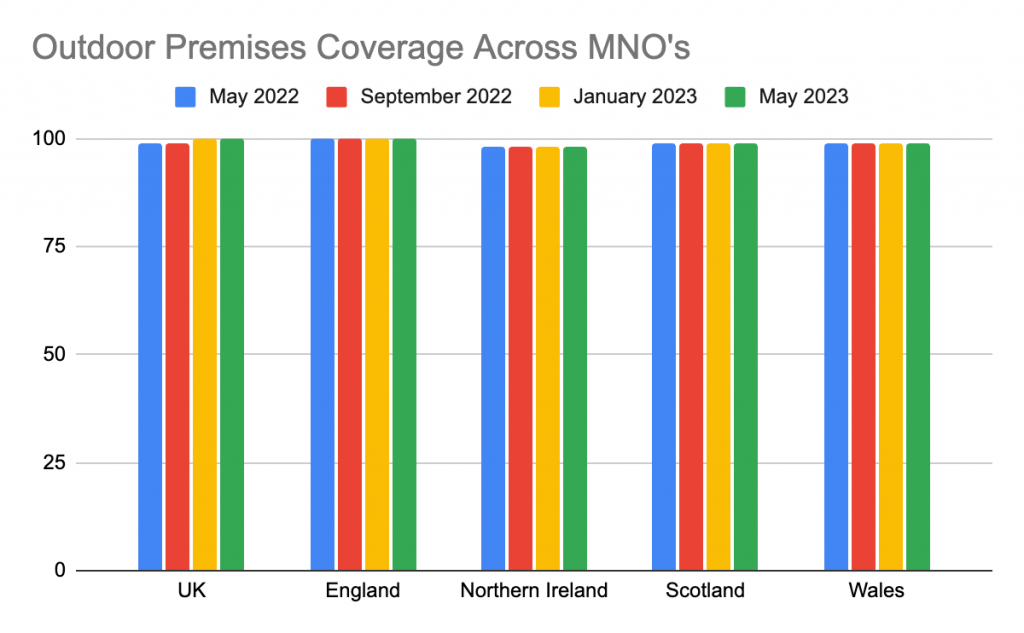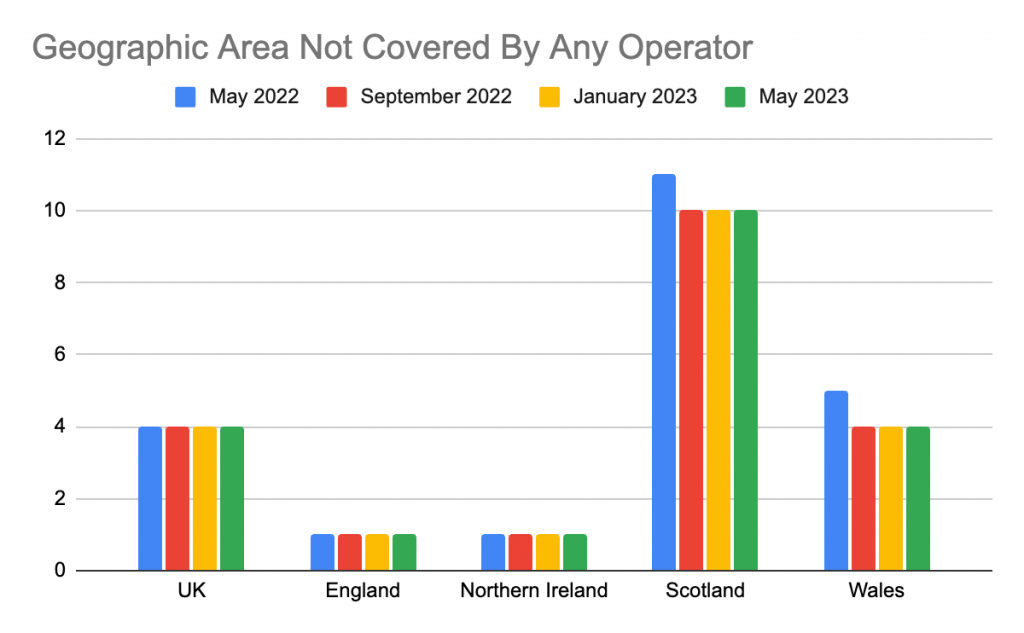Is it even a new year if we’re not looking back over the previous one analysing every little thing? What was done well? What could be improved upon? What do we hope the new yera will bring?
The tech world is really no different. We were interested to look back on how the UK performed in comparison with the rest of the world when it came to fixed broadband and mobile broadband (4G and 5G) speeds during 2023 and how that compared to the previous year.
How does the UK compare to the rest of the world when it comes to fixed line and mobile broadband?
If you’re here for the fast answer: In a ranking of the top fastest countries, the UK was 51st (a fall from 44th during 2022) for mobile broadband and came 56th for fixed lines.
You can see the full report over at www.Speedtest.net from Ookla. This service benchmarks internet connections from around the world by publicly tracking the data available.
Whilst it remains true that mobile and fixed line broadband can of course be affected by other factors within each individual connection (like slow Wi-Fi between the router and user device, local network congestion, package choice by individual consumers, the server performance of speedtest.net itself) this is also true for all the countries included so it shouldn’t be enough to affect the results significantly.
FAQ’s on the Data
When is the speedtest.net data collected?
The data is collected in November each year.
What average is used for the data speeds?
The figures are all ‘median‘ averages.
What is the main differentiator for speeds between countries?
The main differentiator for speeds between countries tends to stem from the balance between network availability and the take-up of faster connection types.
Countries will rank highest in the table when they have a high coverage of gigabit-capable broadband networks and/ or strong 5G mobile services (with plenty of radio spectrum to harness).
How are the UK doing when it comes to mobile and fixed line broadband?
Over the past year we’ve seen a consistently strong improvement in terms of the availability of faster fixed and mobile networks here in the UK.
It was recently revealed by Ofcom that 1Gbps capable fixed gigabit broadband networks had reached 78% (up from 70% in 2022), and full fibre / FTTP lines were at 57% (up from 42%).
5G mobile is now available from at least one mobile network operator in approximately 85-93% of UK premises (which is up from 67-78% in 2022).
What Were the Top 50 Fastest Countries for Broadband in 2023?
During 2023, across the world we have seen a continued improvement in fixed and mobile broadband speeds.
Unfortunately, despite big improvements in the UK in terms of full fibre and 5G coverage, we are still quite low down on the rankings compared with other countries who are seemingly able to improve their real-world performance at a faster (or at least similar) pace.
What’s the issue we’re facing in the UK? It could be partly down to the take-up of full fibre and gigabit-capable broadband lines in the UK. We are still in quite an early phase of adoption – Typically it takes 2-3 year for growth and adoption to stabilise for new networks.
You might be interested in what country came top for fastest download speeds for fixed line and mobile broadband. The tables and charts below illustrate the ranking of the top 50 fastest countries in the world for fixed and mobile broadband.
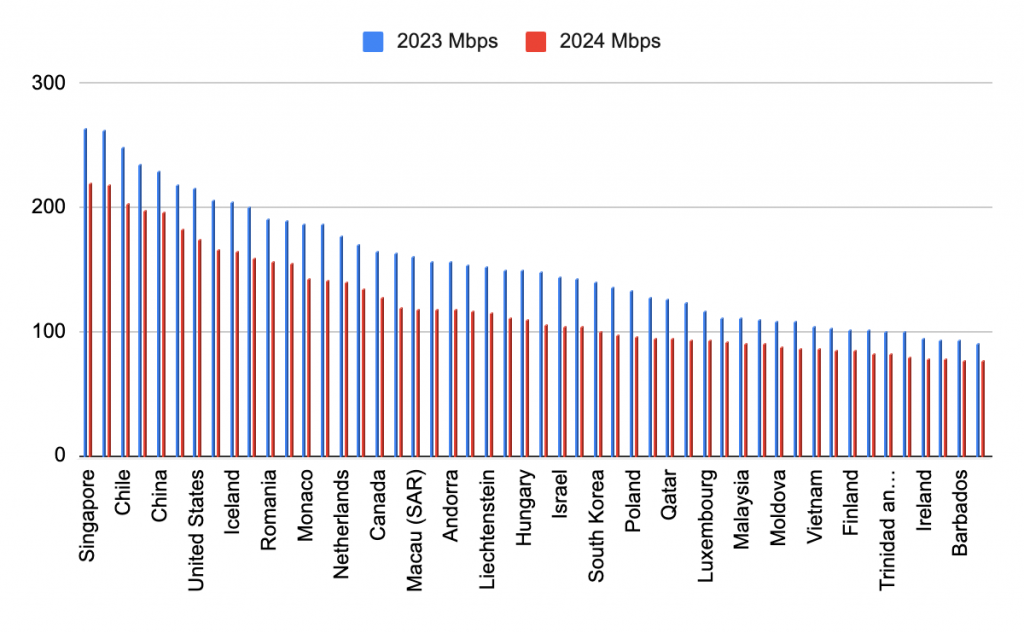
| Fastest 50 Countries for Fixed Broadband Speed (DL) in 2023 | |||
| Country (2023) | Mbps | Country (2022) | Mbps |
| Singapore | 264.15 | Singapore | 219.57 |
| Hong Kong (SAR) | 263.07 | Chile | 219.34 |
| Chile | 248.65 | China | 203.5 |
| United Arab Emirates | 235.72 | Hong Kong (SAR) | 198.24 |
| China | 230.39 | Thailand | 196.46 |
| Thailand | 218.94 | United States | 182.63 |
| United States | 215.72 | Denmark | 174.67 |
| Denmark | 206.8 | United Arab Emirates | 166.53 |
| Iceland | 204.8 | Japan | 165.53 |
| France | 200.99 | Macau (SAR) | 159.8 |
| Romania | 191.36 | Spain | 157.31 |
| Spain | 189.37 | Romania | 155.07 |
| Monaco | 187.49 | Switzerland | 143.46 |
| Switzerland | 187.48 | Monaco | 142.03 |
| Netherlands | 177.88 | France | 139.73 |
| Japan | 170.29 | New Zealand | 134.19 |
| Canada | 165.67 | Canada | 127.54 |
| New Zealand | 163.16 | Hungary | 119.36 |
| Macau (SAR) | 160.52 | Taiwan | 119.03 |
| Taiwan | 157.55 | Liechtenstein | 118.07 |
| Andorra | 156.9 | Netherlands | 117.74 |
| Kuwait | 153.58 | Portugal | 116.57 |
| Liechtenstein | 152.22 | Andorra | 115.39 |
| Portugal | 150.45 | Panama | 110.96 |
| Hungary | 149.85 | Kuwait | 110.07 |
| Panama | 148.76 | Norway | 106.3 |
| Israel | 144.81 | Moldova | 105.22 |
| Uruguay | 143.06 | Sweden | 105.01 |
| South Korea | 139.83 | South Korea | 99.87 |
| Brazil | 136.92 | Uruguay | 97.48 |
| Poland | 133.35 | Brazil | 95.95 |
| Sweden | 127.33 | Poland | 95.59 |
| Qatar | 127.04 | Israel | 95.54 |
| Norway | 123.63 | Luxembourg | 93.95 |
| Luxembourg | 117.66 | Finland | 93.79 |
| Colombia | 111.65 | Malta | 92.27 |
| Malaysia | 110.8 | Lithuania | 91.5 |
| Jordan | 109.58 | Malaysia | 90.24 |
| Moldova | 108.2 | Saint Lucia | 87.67 |
| Malta | 108.19 | Qatar | 87.33 |
| Vietnam | 104.08 | Colombia | 87.24 |
| Lithuania | 103.26 | Belgium | 85.31 |
| Finland | 102.43 | Saudi Arabia | 85.1 |
| Saudi Arabia | 102.41 | Trinidad and Tobago | 82.94 |
| Trinidad and Tobago | 100.68 | Barbados | 81.92 |
| Saint Lucia | 99.96 | Dominica | 79.83 |
| Ireland | 94.62 | Vietnam | 78.87 |
| Peru | 93.52 | Slovenia | 78.81 |
| Barbados | 92.96 | Germany | 77.34 |
| Philippines | 91.08 | Saint Vincent and the Grenadines | 76.86 |
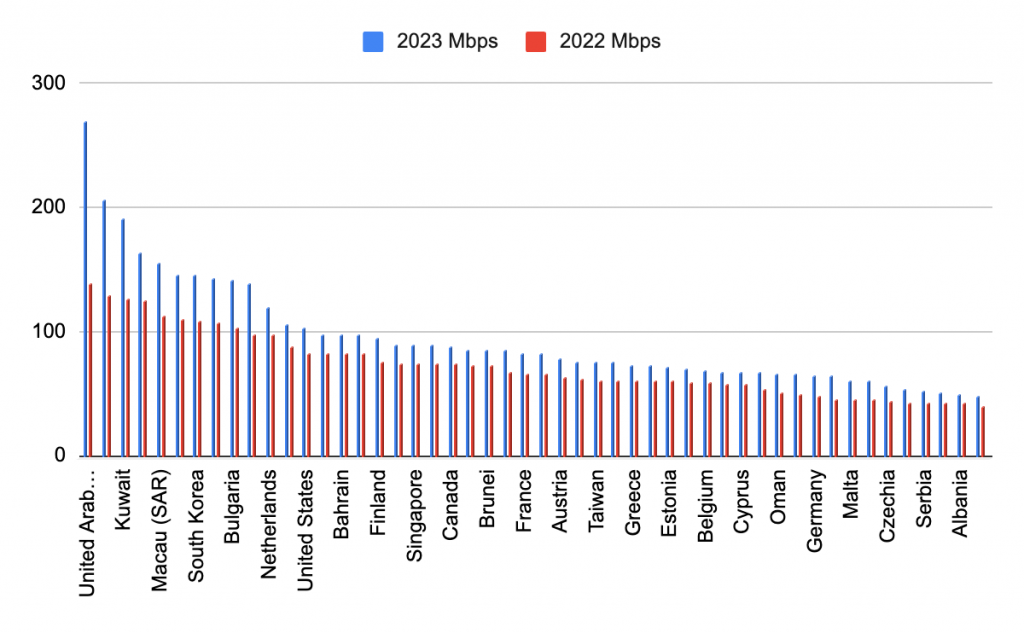
| Country (2023) | Mbps | Country (2022) | Mbps |
| United Arab Emirates | 269.41 | United Arab Emirates | 138.82 |
| Qatar | 206.8 | Norway | 129.81 |
| Kuwait | 191.74 | Qatar | 126.03 |
| China | 164.14 | South Korea | 125.17 |
| Macau (SAR) | 155.75 | China | 113.5 |
| Norway | 146.02 | Netherlands | 109.45 |
| South Korea | 145.25 | Denmark | 109.29 |
| Denmark | 143.63 | Bulgaria | 106.88 |
| Bulgaria | 142.07 | Kuwait | 102.73 |
| Iceland | 139.52 | Saudi Arabia | 97.81 |
| Netherlands | 119.34 | Brunei | 97.37 |
| Saudi Arabia | 106.01 | Australia | 87.76 |
| United States | 103.69 | Luxembourg | 83.14 |
| Australia | 97.44 | Switzerland | 82.91 |
| Bahrain | 97.19 | Bahrain | 82.67 |
| Sweden | 97.07 | Sweden | 82.1 |
| Finland | 95.48 | Finland | 76.27 |
| Croatia | 89.51 | Canada | 74.77 |
| Singapore | 89.45 | Croatia | 74.35 |
| Switzerland | 89.45 | Singapore | 74.19 |
| Canada | 87.85 | Macau (SAR) | 73.67 |
| Luxembourg | 85.76 | North Macedonia | 73.62 |
| Brunei | 85.13 | United States | 72.34 |
| Lithuania | 84.8 | Lithuania | 67.1 |
| France | 82.6 | Cyprus | 66.33 |
| North Macedonia | 81.98 | Taiwan | 65.93 |
| Austria | 78.92 | New Zealand | 63.15 |
| India | 75.86 | Portugal | 62.19 |
| Taiwan | 75.77 | Austria | 61.25 |
| Portugal | 75.71 | Hong Kong (SAR) | 61.12 |
| Greece | 72.45 | Maldives | 61.09 |
| New Zealand | 72.32 | Greece | 60.57 |
| Estonia | 72.07 | France | 60.54 |
| Hong Kong (SAR) | 69.59 | Belgium | 59.68 |
| Belgium | 68.54 | Estonia | 58.59 |
| Maldives | 67.59 | Montenegro | 57.36 |
| Cyprus | 67.37 | Germany | 57.27 |
| Malaysia | 66.84 | Slovenia | 54.3 |
| Oman | 66.02 | Malta | 50.68 |
| Uruguay | 66 | Oman | 50.03 |
| Germany | 64.74 | Serbia | 47.78 |
| Latvia | 64.42 | Suriname | 46.09 |
| Malta | 61.03 | Latvia | 45.99 |
| Slovenia | 60.52 | United Kingdom | 45.57 |
| Czechia | 56.11 | Slovakia | 43.95 |
| Montenegro | 53.16 | Iran | 42.95 |
| Serbia | 52.41 | Japan | 42.93 |
| Romania | 50.95 | Czechia | 42.24 |
| Albania | 50.06 | Hungary | 42.11 |
| Brazil | 47.98 | Romania | 40.62 |
| Performance Categories (Download) | 2023 | 2022 |
| UK Country Rank for Fixed Line | 56th | 56th |
| Global Latency – Fixed Line | 9ms | 10ms |
| Global Upload – Fixed Line | 40.45Mbps | 31.16Mbps |
| Global Download – Fixed Line | 87.79Mbps | 72.40Mbps |
| UK Latency – Fixed Line | 13ms | 14ms |
| UK Upload – Fixed Line | 24.58Mbps | 18.55Mbps |
| UK Download – Fixed Line | 84.93Mbps | 69.76Mbps |
| Performance Categories (Upload) | 2023 | 2022 |
| UK Country Rank for Mobile | 51st | 44th |
| Global Latency – Mobile | 27ms | 28ms |
| Global Upload – Mobile | 11.03Mbps | 9.05Mbps |
| Global Download – Mobile | 48.47Mbps | 33.43Mbps |
| UK Latency – Mobile | 34ms | 36ms |
| UK Upload – Mobile | 7.24Mbps | 7.33Mbps |
| UK Download – Mobile | 47.65Mbps | 45.57Mbps |




